In the ever-evolving fitness industry, gym owners and managers constantly seek innovative equipment that can effectively engage members and deliver results. Cable machines have emerged as a game-changer, offering users a versatile and comprehensive training experience. This article explores the benefits and various uses of cable machines, highlighting their ability to cater to a wide range of fitness goals and user demographics. 1. Flexibility and Versatility: Cable machines are renowned for their adaptability, making them suitable for users of all fitness levels and training preferences. With adjustable weights and a multitude of cable attachments, users can engage in a wide range of exercises, from basic strength training to explosive power movements. Cable machines enable users to perform unilateral exercises, targeting each side of the body independently, which helps correct muscular imbalances and reduces the risk of injuries. 2. Full-Body Engagement: Unlike traditional weight machines that often isolate specific muscle groups, cable machines promote functional movements and engage multiple muscle groups simultaneously.

.
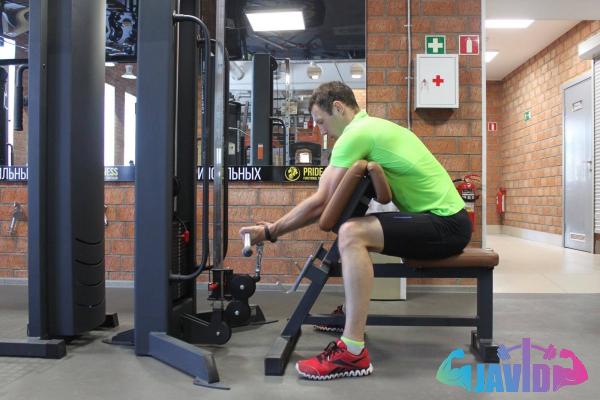 The freedom of movement allows users to mimic real-life activities, enhancing overall strength, balance, and coordination. Exercises such as cable woodchops, lateral raises, and cable pulldowns challenge the core, upper body, and lower body muscles in a more dynamic manner. 3. Progression and Customization: Cable machines offer an extensive range of resistances, allowing users to gradually increase the load as their strength improves. This adjustable resistance feature makes cable machines ideal for progressive overload training, essential for muscle growth and endurance development. Moreover, with a variety of cable attachments available, users can easily modify exercises to target specific muscles or movement patterns, offering a customized training experience.
The freedom of movement allows users to mimic real-life activities, enhancing overall strength, balance, and coordination. Exercises such as cable woodchops, lateral raises, and cable pulldowns challenge the core, upper body, and lower body muscles in a more dynamic manner. 3. Progression and Customization: Cable machines offer an extensive range of resistances, allowing users to gradually increase the load as their strength improves. This adjustable resistance feature makes cable machines ideal for progressive overload training, essential for muscle growth and endurance development. Moreover, with a variety of cable attachments available, users can easily modify exercises to target specific muscles or movement patterns, offering a customized training experience.
..
 4. Rehabilitation and Injury Prevention: Cable machines provide a controlled range of motion, making them a valuable tool for injury rehabilitation. The constant tension in cable exercises helps strengthen muscles and stabilizing structures, aiding in the recovery process. By implementing cable exercises into rehabilitation programs, physical therapists can create a progressive training routine that mimics real-life movements, promoting functional recovery and reducing the risk of re-injury. 5. Space-Efficient: Gym owners often face space constraints when selecting equipment. Cable machines offer a solution to this problem, as they take up less space compared to multiple machines that target the same muscle groups.
4. Rehabilitation and Injury Prevention: Cable machines provide a controlled range of motion, making them a valuable tool for injury rehabilitation. The constant tension in cable exercises helps strengthen muscles and stabilizing structures, aiding in the recovery process. By implementing cable exercises into rehabilitation programs, physical therapists can create a progressive training routine that mimics real-life movements, promoting functional recovery and reducing the risk of re-injury. 5. Space-Efficient: Gym owners often face space constraints when selecting equipment. Cable machines offer a solution to this problem, as they take up less space compared to multiple machines that target the same muscle groups.
…
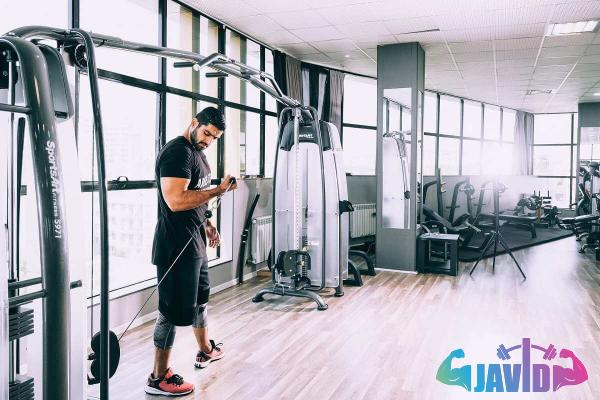 Their compact design allows several cable machines to be placed in a relatively small area, optimizing gym layout and ensuring that members have access to a greater variety of equipment. Conclusion: Cable machines have emerged as an essential piece of equipment for gyms aiming to offer a comprehensive training experience. Their versatility, full-body engagement, customization options, and space efficiency make them an attractive choice for both fitness enthusiasts and rehabilitation programs. Gym owners and managers can enhance customer satisfaction and attract a broader clientele by incorporating cable machines into their equipment selection. Embracing this versatile fitness tool will enable gym owners to maximize their gym’s potential, attracting and retaining members seeking a well-rounded and effective training experience.
Their compact design allows several cable machines to be placed in a relatively small area, optimizing gym layout and ensuring that members have access to a greater variety of equipment. Conclusion: Cable machines have emerged as an essential piece of equipment for gyms aiming to offer a comprehensive training experience. Their versatility, full-body engagement, customization options, and space efficiency make them an attractive choice for both fitness enthusiasts and rehabilitation programs. Gym owners and managers can enhance customer satisfaction and attract a broader clientele by incorporating cable machines into their equipment selection. Embracing this versatile fitness tool will enable gym owners to maximize their gym’s potential, attracting and retaining members seeking a well-rounded and effective training experience.

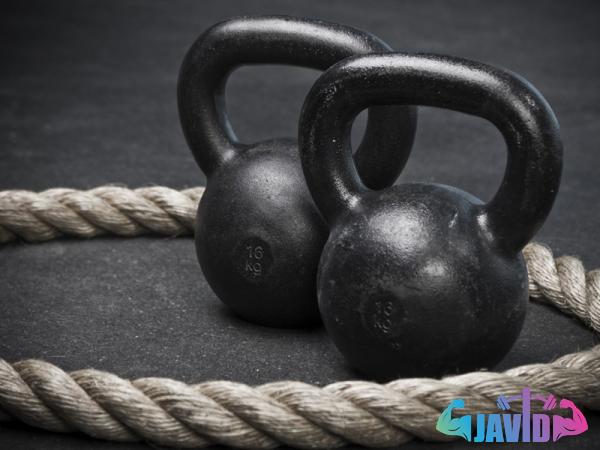
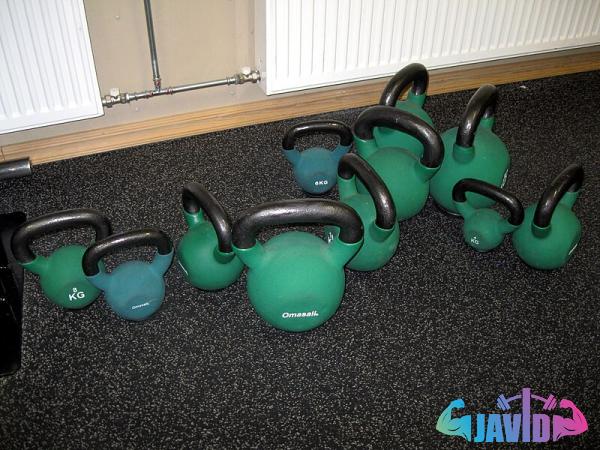

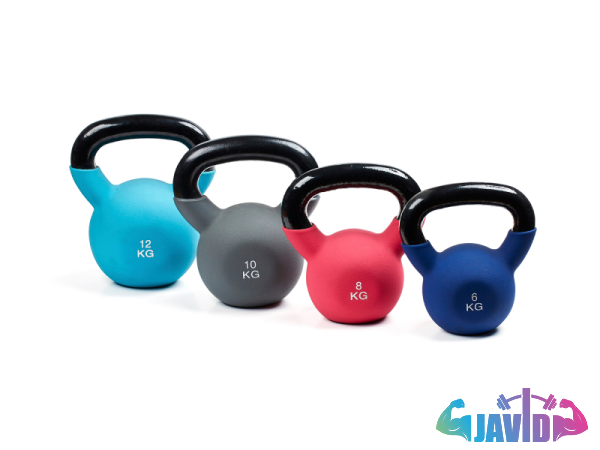

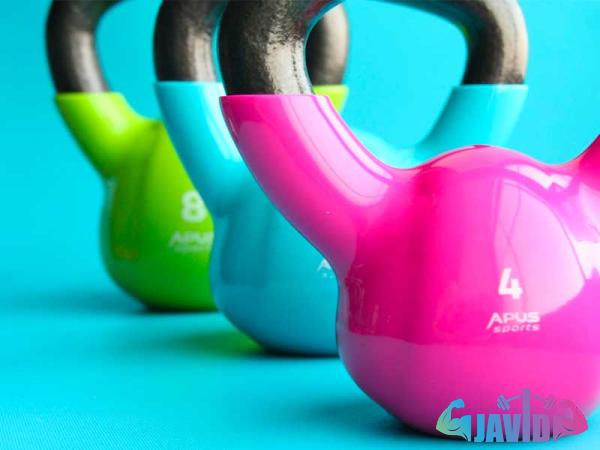
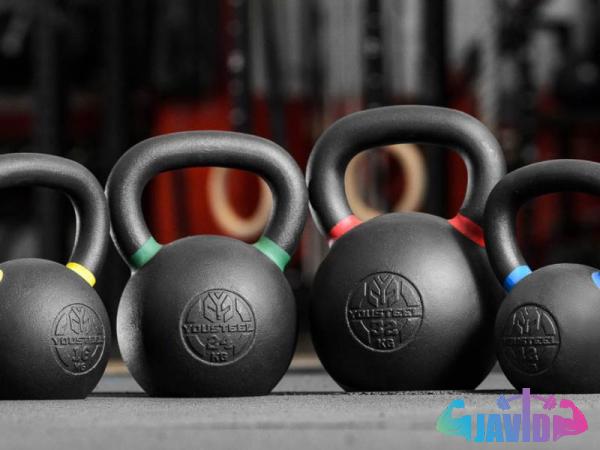
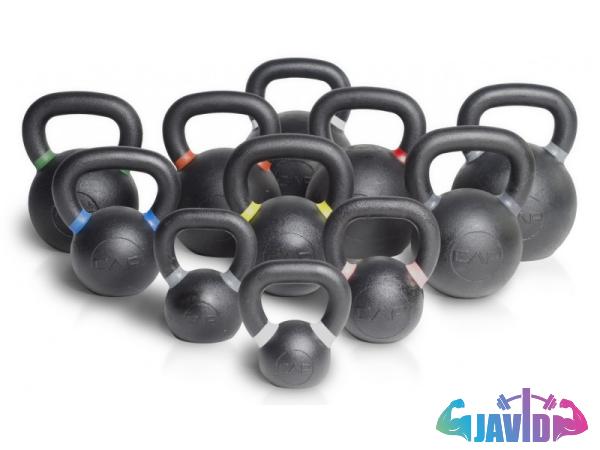

Your comment submitted.